World Cancer Day: What Are HPV-Related Cancers?
Internationally, February 4th marks ‘World Cancer Day’, which is a special day for raising awareness about cancer, including its prevention, detection, and treatment. There are various risk factors that can increase a person’s chances of developing cancer during their lifetime, among them are certain infectious diseases. In 2018, a study found that 13% of the estimated total number of new cancer cases in the world were caused by infectious agents1. Human papillomavirus (HPV) is an important example of an infectious agent that is responsible for causing approximately 5% of all cancers worldwide2.
What is Human Papillomavirus (HPV)?
Human papillomavirus (HPV) is the world’s most common sexually transmitted infection (STI). It can spread through close skin-to-skin contact of the genital area as well as during vaginal, anal, or oral sex3.
It is estimated that 8 out of 10 people may become infected with HPV at some point in their life. Usually, HPV infections do not cause any symptoms at all, meaning that most people will not be aware of having the infection and could potentially pass it on to another person.
Also, the body’s natural immune response will normally clear the vast majority of HPV infections within a couple of years. However, in some cases, the body is not able to get rid of the virus. This means that the infection can persist for a long period of time, where it is possible to cause healthy cells to become abnormal and grow out of control, which can lead to the development of cancer4.
HPV has over 200 types that are defined as ‘high risk’ or ‘low risk’ according to their potential to cause cancer5. There are around 13 high-risk types of HPV that are associated with the development of certain types of cancer; the remaining are considered low-risk and do not cause cancer, with some leading to minor problems such as warts on the hands, feet, or genitals.
Although HPV infection does not usually cause any serious health problems, infection with certain high-risk types is associated with the increased likelihood of developing different types of cancer in both men and women, also called HPV-related cancers 3.
What Cancers Can Be Caused by HPV Infection?
Persistent infection with certain high-risk types of HPV, of which HPV type 16 and 18 are the most associated, is particularly concerning5 because they can put the affected individual at an increased risk of developing certain cancers6, such as:
-
- Cervical cancer
- Vaginal cancer
- Vulval cancer
- Anal cancer
- Penile cancer
- Mouth and throat cancer
Cervical Cancer
Cervical cancer, which occurs in the cervix – the connecting part between the vagina and the uterus, is the world’s fourth most common cancer in women and people with a cervix. In the UK, there is an average of 9 new cervical cancer cases every day, mostly affecting individuals under the age of 457, and it is responsible for approximately 850 deaths per year. Cervical cancer is the most well-known HPV-related cancer as it is almost always caused by high-risk HPV infection, which is found in 99.8% of cases.
Cervical Cancer Symptoms
When cervical cancer starts, there are usually no symptoms. However, as the cancer progresses and grows, these are the most common symptoms to watch out for:
-
- Unusual vaginal bleeding – including bleeding during or after sexual intercourse, bleeding between periods, heavier and longer periods than usual, or bleeding after menopause.
- Atypical vaginal discharge – watery, bloody vaginal discharge that may be heavy and/ or have a foul odour.
- Pelvic/ lower abdominal pain.
- Lower back pain.
- Pain during sexual intercourse.
It is important to know that the above symptoms could also be caused by other much more common gynaecological conditions e.g. fibroids or endometriosis. Nevertheless, it is essential to visit the GP whenever something feels out of the ordinary or if there is ever any suspicion or doubt because if the symptoms were actually found to be caused by cancer, finding it early means that treatment would likely be much more effective.
Other HPV-Related Cancers
While cervical cancer is the most well-known HPV-related cancer, it is certainly not the only type of cancer that can be caused by HPV infection. Therefore, it is important to be aware of the other types of HPV-related cancers, including their possible symptoms, and know when to seek medical attention.
Vaginal Cancer
This is a rare type of cancer that starts in the vagina – the passage that extends from the cervix to the folds of skin between the legs (vulva), and often affects older age groups. In the UK, there are only around 250 new cases of vaginal cancer every year8. HPV infection is found in around 75% of vaginal cancers9.
Vaginal Cancer Symptoms
Vaginal cancer does not usually cause any symptoms, especially during the early stages, meaning that detection sometimes happens incidentally during routine cervical screening. Possible symptoms or signs of vaginal cancer may include several of the following:
-
- Vaginal bleeding between periods, after the menopause, or after sexual intercourse.
- Blood-stained vaginal discharge.
- Pain during sexual intercourse.
- Persistent vaginal itching.
- A lump or growth in the vagina.
- Pelvic/ lower abdominal pain.
- Burning sensation when passing urine, blood in the urine, or the need to urinate often.
- Constipation or the constant urge to empty the bowels.
Again, it is important to remember that many of these symptoms are quite general and not specific to vaginal cancer, because they may be caused by various other conditions e.g. sexually transmitted infections or urinary tract infections. However, it is crucial to visit the GP whenever there is any suspicion, concern, or doubt in order to confirm the cause and start the appropriate treatment early.
Vulval Cancer
Cancer of the vulva is a relatively rare type of cancer that affects the vulva – the outer part of the genitals including the labia and clitoris. There are around 1,400 new cases diagnosed every year in the UK, and approximately 70% of them are caused by HPV infections10.
Vulval Cancer Symptoms
Although not all individuals affected by vulval cancer experience symptoms, in some cases they may have any of the following:
-
- Persistent soreness, burning, or itching of the vulva.
- A lump, swelling, or growth on the vulva.
- Thickened or raised discoloured patches or sores on the skin of the vulva.
- Bleeding or blood-stained vaginal discharge that is unrelated to the period.
- Burning sensation when passing urine.
Symptoms of vulval cancer can be vague, especially during the early stages. However, it is important to visit the GP immediately if there are ever concerns or doubts about any symptoms or changes in normal appearance. Because, as with other types of cancers, treatment is much easier and more successful when the condition is diagnosed early.
Anal Cancer
This is a type of cancer that starts in any part of the anus and affects around 1,500 men and women in the UK every year. It has become more common over the past two decades in the UK, affecting relatively more women compared to men, and there is an increased risk in the older age groups. HPV infection is strongly associated with anal cancer and is found in approximately 90% of cases in the UK11.
Anal Cancer Symptoms
Anal cancer may not be associated with any specific symptoms. However, individuals who do experience symptoms can have any of the following:
-
- Bleeding from the back passage (rectal bleeding).
- Pain or itching around the anus.
- A lump or sore inside or around the anus.
- Problems controlling the emptying of bowels (bowel incontinence).
- Frequent urge to empty bowels and loose stools.
- Mucus discharge from the anus.
Many of the above symptoms are also caused by much more common conditions e.g. haemorrhoids, so having them does not necessarily mean that they are due to anal cancer. However, it is still important to visit the GP especially if the symptoms persist, in order to confirm the diagnosis and ensure that it is not related to a more serious health condition such as anal cancer. This is because catching the cancer early in its course will much more likely lead to better health outcomes.
Penile Cancer
Cancer of the penis is a rare type of cancer that affects the skin of the penis and foreskin, with around 700 cases reported each year in the UK. It is more common in men over the age of 50 and can affect anyone with a penis. HPV infection is found in approximately 60% of penile cancers12.
Penile Cancer Symptoms
Penile cancer may be associated with one or more of the following signs and symptoms:
-
- A change in the colour or thickness of the skin of the penis or foreskin.
- Bleeding from the penis or under the foreskin.
- Foul-smelling discharge.
- A rash or small crusty bumps on the skin of the penis or foreskin.
- A growth or sore that does not heal after several weeks.
- Lumps in the groin area.
Many of the above symptoms can also be caused by unrelated conditions e.g. due to allergies or infections. However, it is important to seek medical attention immediately if there are any unusual changes to appearance or symptoms in order to confirm the diagnosis and begin effective treatment as soon as possible.
Mouth and Oropharyngeal Cancer
Mouth cancer, also known as oral cancer, can affect any part of the mouth including the lips, inside the cheek, gums, the front part of the tongue, or on the floor or roof of the mouth.
Whereas throat (oropharyngeal) cancer, starts in the oropharynx, which is the part of the throat (pharynx) just behind the mouth, and includes the soft part of the roof of the mouth (soft palate), the base or back of the tongue, the tonsils, and the side walls of the throat. Oropharyngeal cancers usually develop on the tonsils or the base of the tongue13.
Each year, approximately 8,500 new cases of mouth and oropharyngeal cancer are diagnosed in the UK. The link to HPV is much stronger for oropharyngeal cancers than it is for mouth cancers, accounting for approximately 70% of all cases14.
Mouth and Oropharyngeal Cancer Symptoms
Symptoms of mouth and oropharyngeal cancer may include any of the following:
-
- A mouth ulcer or sore that does not heal after several weeks.
- A persistent red or white patch inside the mouth.
- A lump or a thickening on the lip or inside the mouth.
- Pain, bleeding, or numbness inside the mouth.
- A sore throat or tongue.
- Difficulty or pain with chewing, swallowing, or speaking.
- Bad breath.
- Loose teeth or dentures.
- Earache.
- Hoarseness of voice.
- A lump in the neck or throat.
- Unintentional weight loss.
As with the other cancers mentioned previously, the above symptoms are not exclusively caused by mouth and oropharyngeal cancer, and can also be caused by a range of other health conditions. However, it is highly advisable to get medical attention quickly if there is any reason for concern or doubt in order to prevent possible health complications.
HPV-Related Cancers and Prevention
Clearly, HPV plays a significant role in the development of certain cancers to varying degrees. Therefore, it is vital that an effective preventative strategy involves a certain level of awareness and education about HPV and related cancers. This must include knowledge of how the virus is spread, the associated risk factors, and its potential impact on health – both minor and more serious, including being aware of the related cancers, their symptoms and signs, and what can be done to help prevent them.
While an HPV infection cannot be completely prevented, there are many ways that help protect against it. One effective method is through HPV vaccination15. The most recent vaccine covers 9 HPV types and is part of a nationwide programme that is offered to school children, both boys and girls, aged 12 to 13. It is vital that the vaccine is given at such a young age in order to provide them with the best protection before they even have the chance to come into contact with the virus.
However, despite the vaccine’s effectiveness at protecting against HPV infection and related cancers, it does not provide full protection against HPV because the vaccine does not cover all the high-risk types that are associated with cancer5. Therefore, as an additional and more effective preventative measure, it is vital that individuals who are eligible also undergo regular cervical screening that tests for multiple types of HPV, meaning that infections will not go undetected. Currently, cervical screening is the only routine screening test available for HPV-related cancer.
Because HPV infection accounts for almost all cases of cervical cancer, cervical screening now primarily looks for the presence of high-risk HPV infection (HPV primary screening) which currently forms the foundation of cervical cancer prevention. This is offered to all women and people with a cervix aged between 25 to 64 every 3 to 5 years, depending on the age and location within the UK7. It helps prevent the development of cervical cancer through the early detection of HPV, monitoring of infections and cell changes, and early treatment.
Together, HPV vaccination and cervical screening provide powerful tools to prevent cervical cancer from ever developing and even have the power to eliminate it altogether. However, in order to maximise the potential of cervical screening, it requires full attendance of all those eligible for screening to help in the early detection of infections and/ or abnormal cell changes and help prevent them from developing into cancer. Unfortunately, there are significant barriers to cervical screening that are making the target of cervical cancer prevention and elimination quite difficult to achieve. Additionally, there is no screening currently available for HPV infections affecting other parts of the body, which hinders the preventative action that could possibly be taken against other HPV-related cancers.
10zyme: Advancing women’s health
We’re developing a groundbreaking self-test with instant results to detect the main cause of cervical cancer: high-risk HPV. Detecting infections early prevents cancer ever developing.
By enabling self-testing, we aim to empower women, overcome stigma and anxiety, and help eliminate a disease killing hundreds of thousands a year globally. See our Education Section to find out more.
Please follow and support us on social media: LinkedIn, Instagram, and TikTok.
References:
-
- International Agency for Research on Cancer (IARC), World Health Organization (WHO). (2019). Global burden of cancer attributable to infections in 2018: a worldwide incidence analysis. (Online). Available at: https://www.iarc.who.int/news-events/global-burden-of-cancer-attributable-to-infections-in-2018-a-worldwide-incidence-analysis/ [Accessed 13/01/2024]
- World Health Organization (WHO). (2023). Human papillomavirus and cancer. (Online). Available at: https://www.who.int/news-room/fact-sheets/detail/human-papilloma-virus-and-cancer [Accessed 13/01/2024]
- National Health Service (NHS). (2022) Human papillomavirus (HPV).(Online). Available at: https://www.nhs.uk/conditions/human-papilloma-virus-hpv/ [Accessed 13/01/2024]
- Cancer Research UK (CRUK). (2024). Does HPV cause cancer? (Online). Available at: https://www.cancerresearchuk.org/about-cancer/causes-of-cancer/infections-eg-hpv-and-cancer/does-hpv-cause-cancer [Accessed 13/01/2024]
- Choi, S. Ismail, A. Pappas-Gogos, G. Boussios, S. (2023). HPV and Cervical Cancer: A Review of Epidemiology and Screening Uptake in the UK. Pathogens. 12(2):298. (Online). Available at: https://www.ncbi.nlm.nih.gov/pmc/articles [Accessed 14/01/2024]
- Macmillan Cancer Support. (2021). Human papilloma virus (HPV). (Online). Available at: https://www.macmillan.org.uk/cancer-information-and-support/worried-about-cancer/causes-and-risk-factors/hpv [Accessed 14/01/2024]
- National Health Service (NHS). (2021). Cervical Cancer. (Online). Available at: https://www.nhs.uk/conditions/cervical-cancer/ [Accessed 14/01/2024]
- Macmillan Cancer Support (2021). Vaginal cancer. (Online). Available at: https://www.macmillan.org.uk/cancer-information-and-support/vaginal-cancer [Accessed 14/01/2024]
- Cancer Research UK (CRUK). (2015). Vaginal cancer risk. (Online). Available at: https://www.cancerresearchuk.org/health-professional/cancer-statistics/statistics-by-cancer-type/vaginal-cancer/risk-factors [Accessed 14/01/2024]
- Cancer Research UK (CRUK). (2022). What is vulval cancer? (Online). Available at: https://www.cancerresearchuk.org/about-cancer/vulval-cancer/about [Accessed 14/01/2024]
- Cancer Research UK (CRUK). (2022). What is anal cancer? (Online). Available at: https://www.cancerresearchuk.org/about-cancer/anal-cancer/about [Accessed 14/01/2024]
- Cancer Research UK (CRUK). (2023). Risks and causes of penile cancer. (Online). Available at: https://www.cancerresearchuk.org/about-cancer/penile-cancer/risks-causes [Accessed 14/01/2024]
- Macmillan Cancer Support. (2022). Head and neck cancer. (Online). Available at: https://www.macmillan.org.uk/cancer-information-and-support/head-and-neck-cancer [Accessed 14/01/2024]
- Cancer Research UK (CRUK). (2022). What is mouth and oropharyngeal cancer? (Online). Available at: https://www.cancerresearchuk.org/about-cancer/mouth-cancer/about [Accessed 14/01/2024]
- World Health Organization (WHO). (2023). Cervical cancer. (Online). Available at: https://www.who.int/news-room/fact-sheets/detail/cervical-cancer [Accessed 13/01/2024]


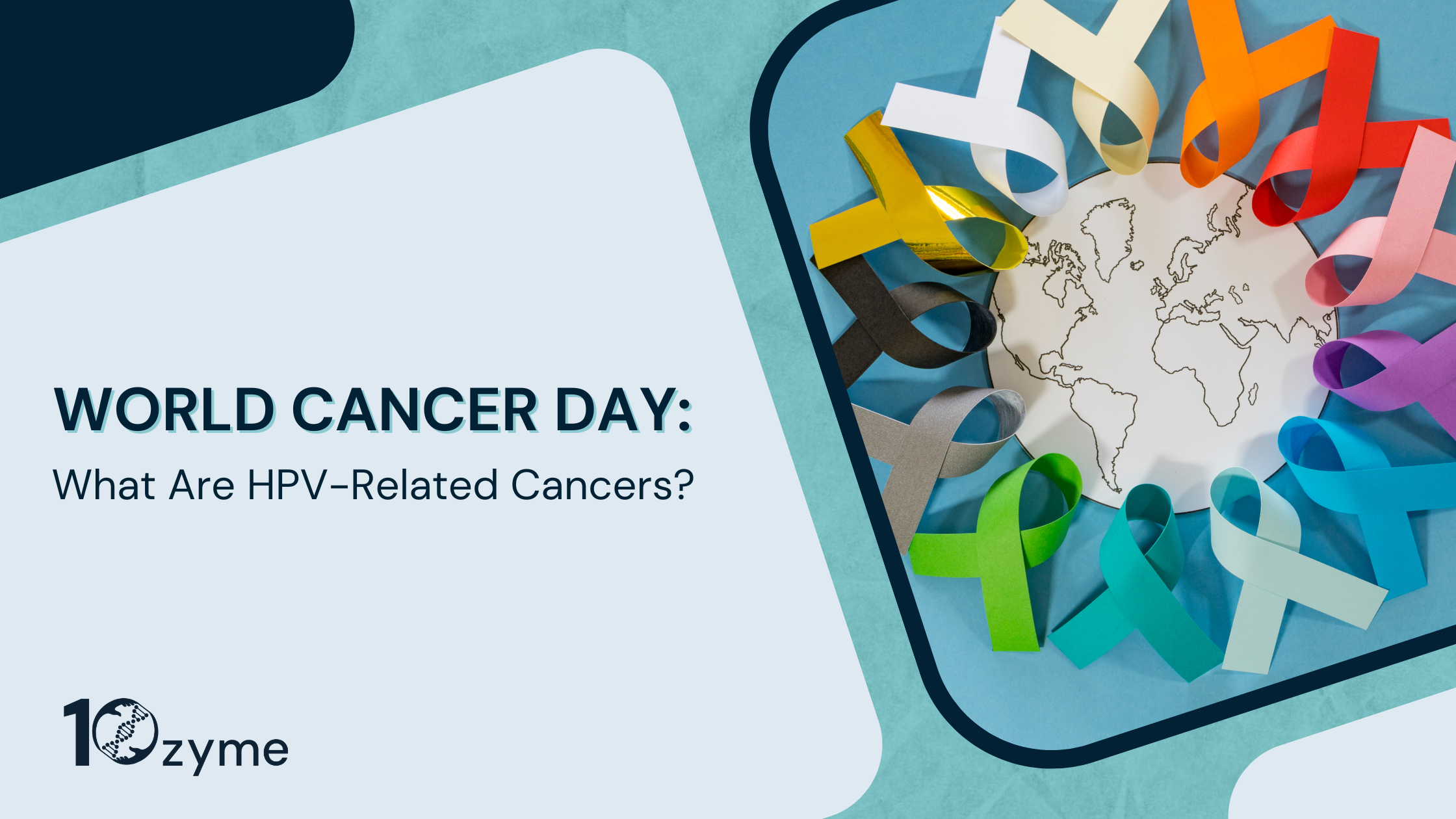
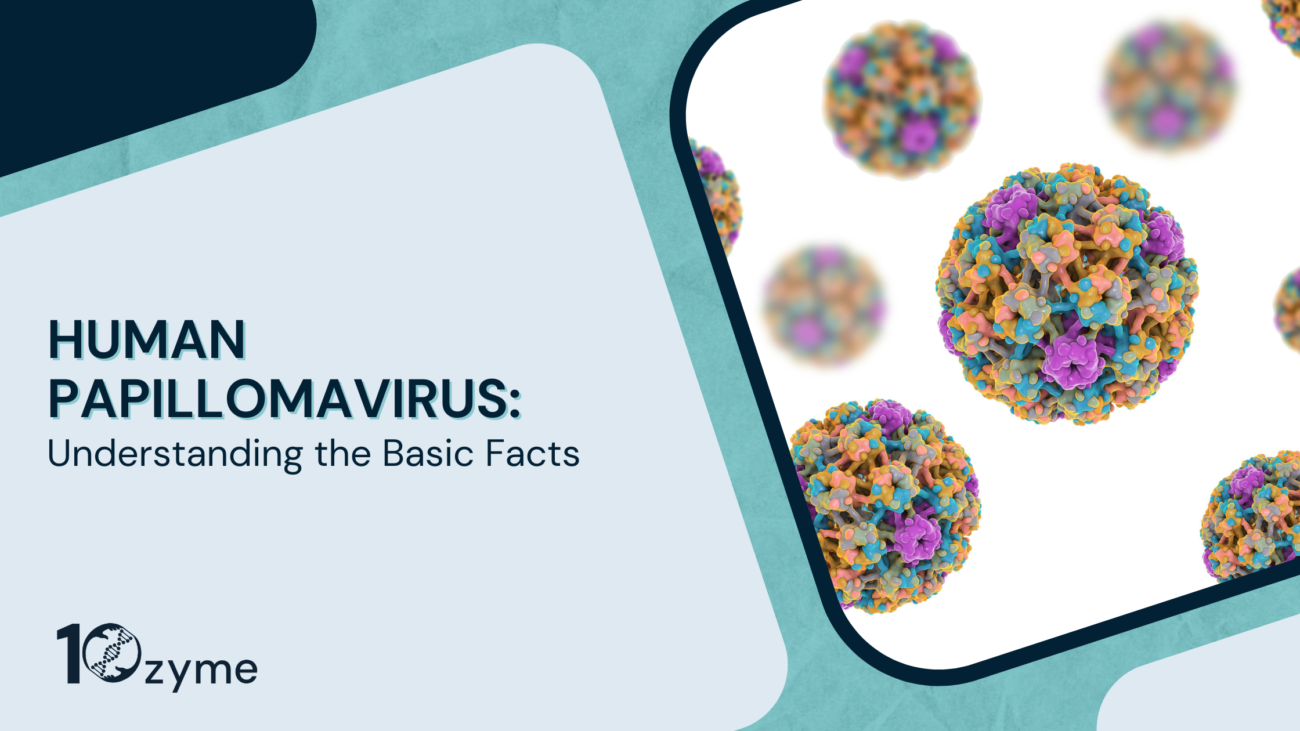
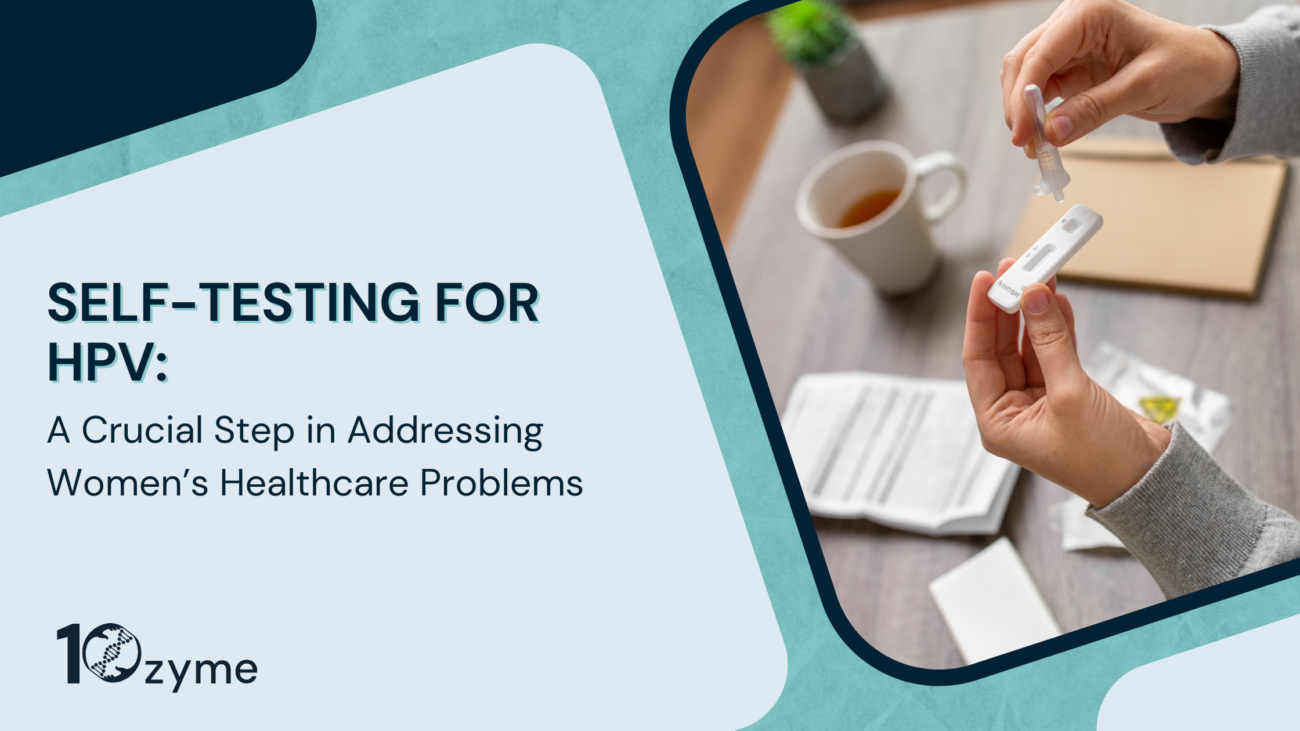

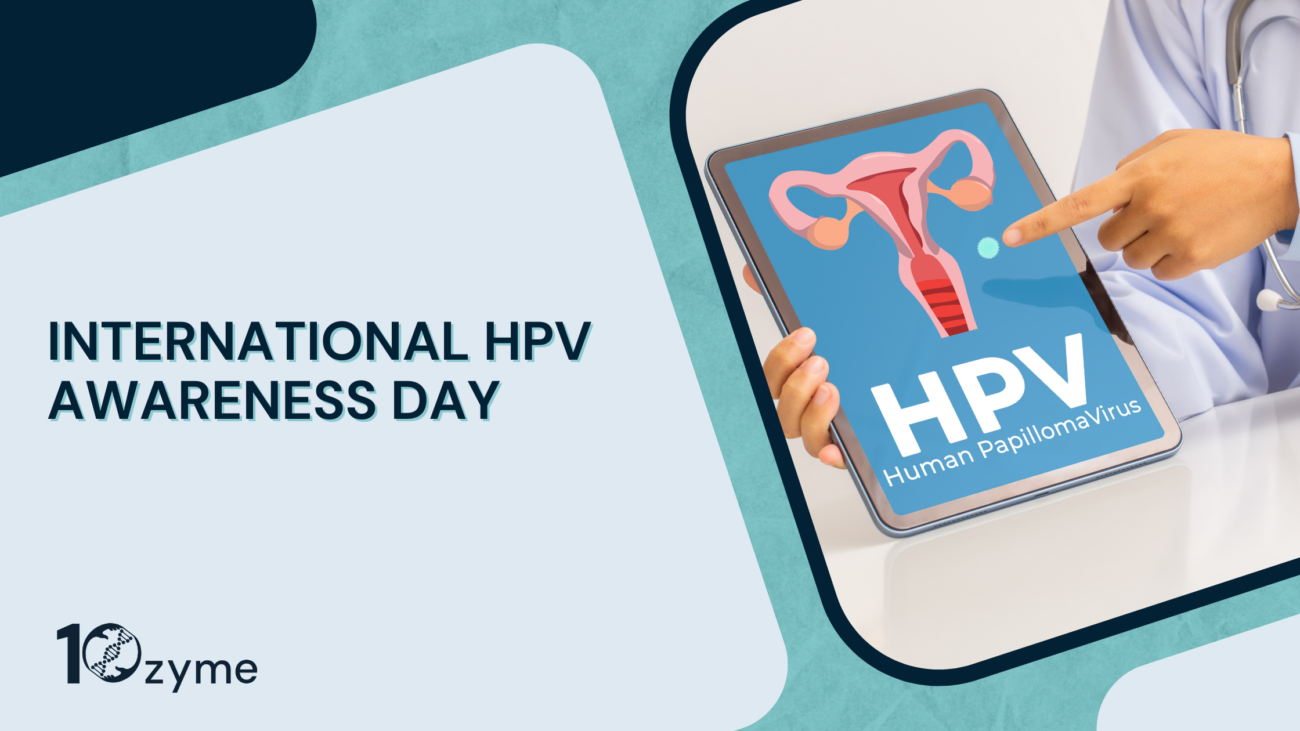
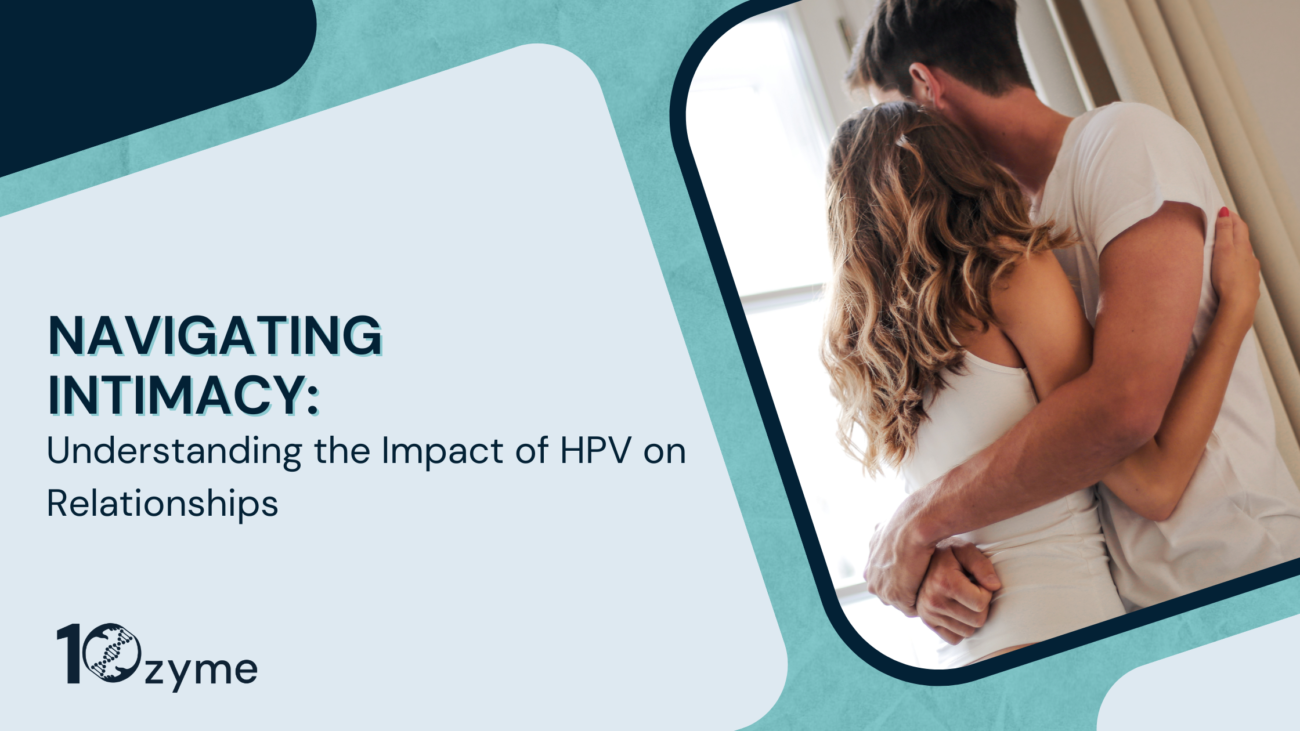
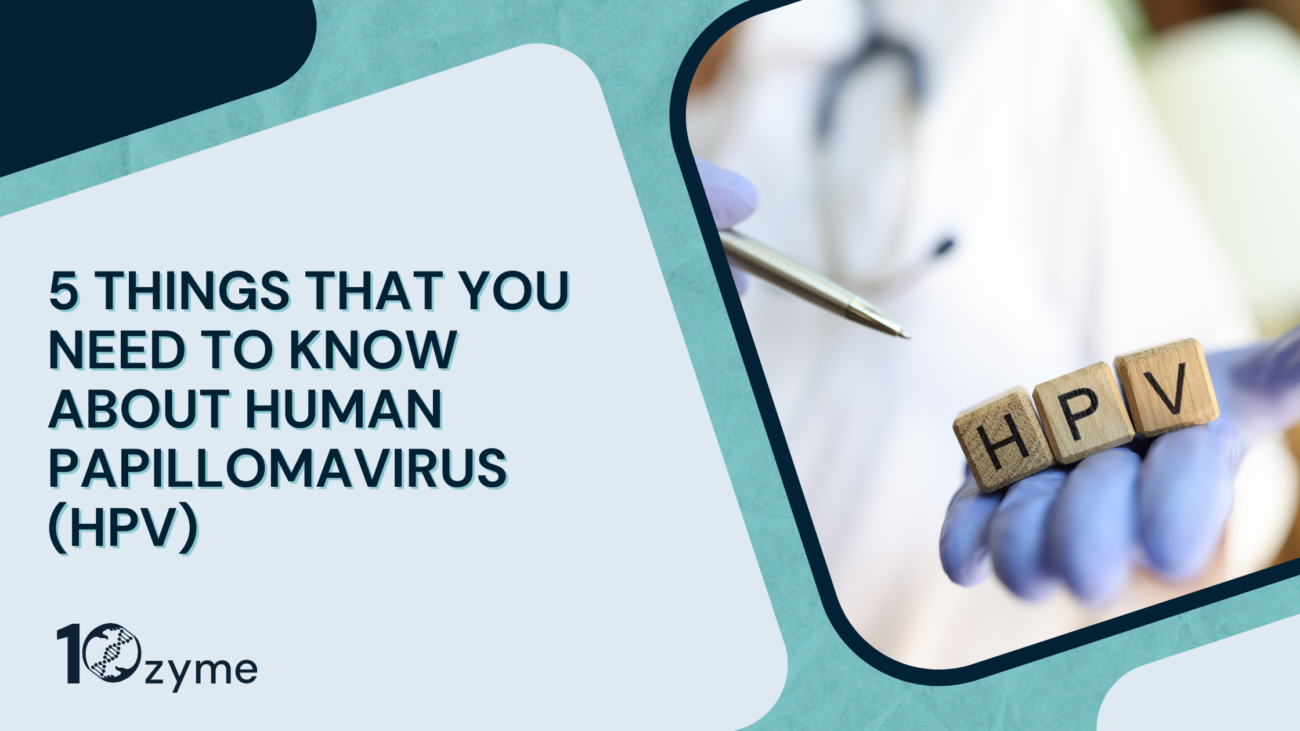


2 thoughts on “World Cancer Day: What Are HPV-Related Cancers?”